Same Day Shipping EMI & COD on most products
Trusted Partner Since 1969
GST B2B Billing  Help
Help  00919699976817
00919699976817
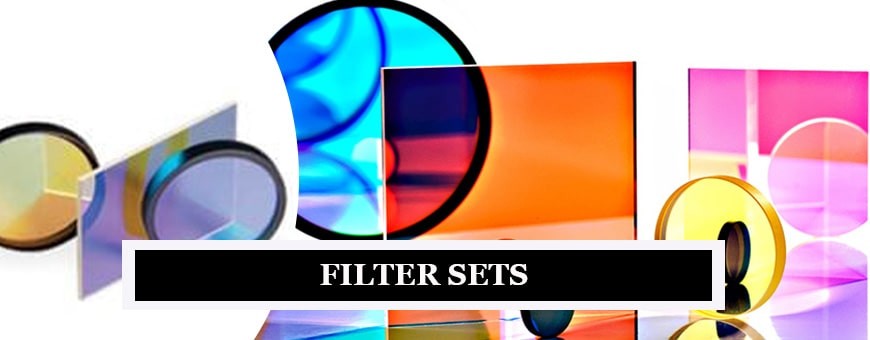
Showing all 12 results
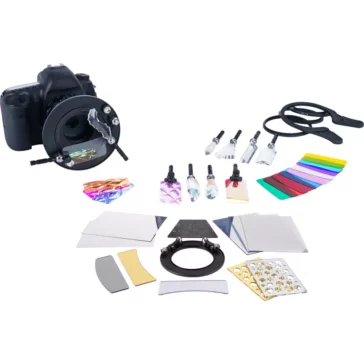
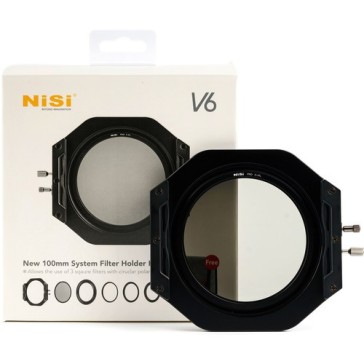
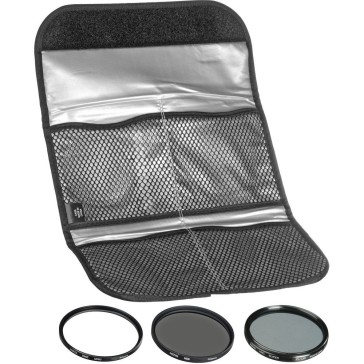
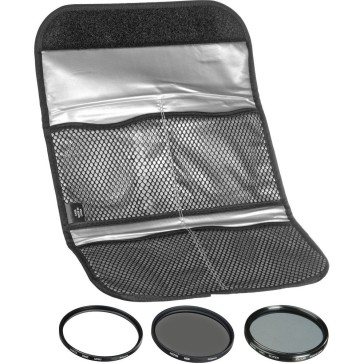
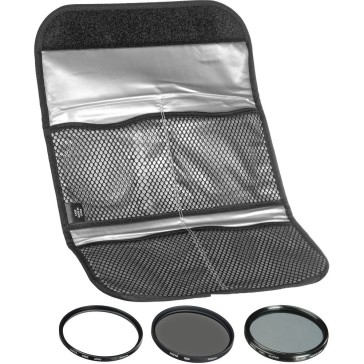
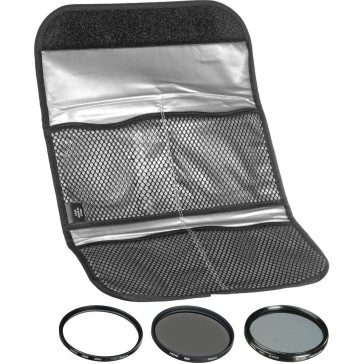
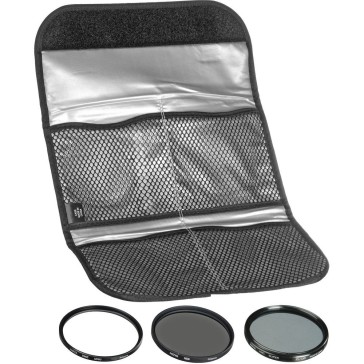
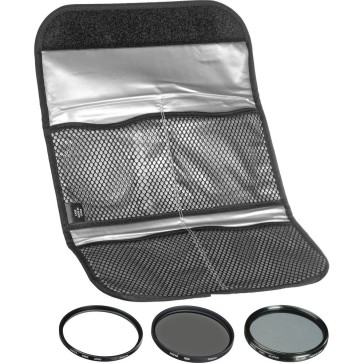
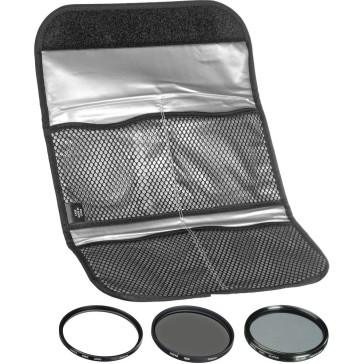
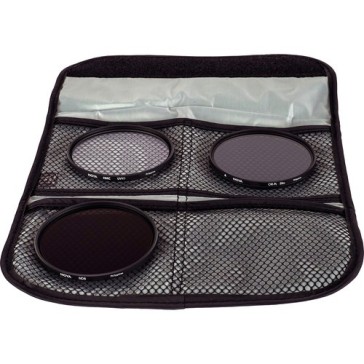
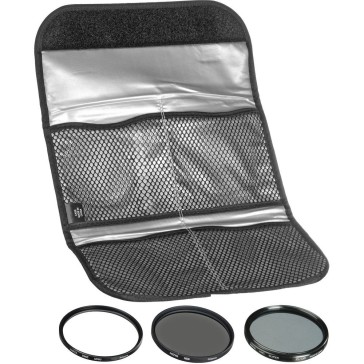
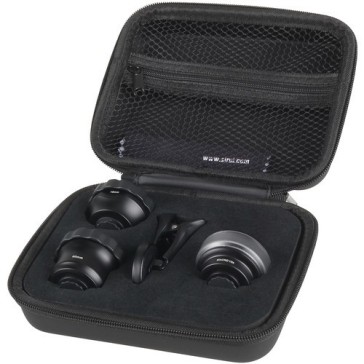
In today’s dynamic world of photography, capturing the perfect shot isn’t only about the camera or the skill of the photographer. Often, it’s about the fine details — the minute alterations that differentiate a good photograph from a great one. At the core of these subtle changes lie lens filters, often packaged in photography sets & kits, and they have become an indispensable tool for both amateurs and professionals alike.
Understanding Lens Filters
A lens filter is a transparent or translucent glass or gelatin element attached in front of the camera lens. These filters serve multiple purposes, such as protecting the lens, adjusting exposure, or adding creative effects to photographs.
Types of Lens Filters
There are several types of lens filters available. Here’s a comprehensive look:
UV Filters: These are primarily used to protect the front element of a camera lens. They can also reduce the hazy look in photos taken during bright, sunny days.
Polarizing Filters: Ideal for removing unwanted reflections from surfaces like water and glass. They also enhance the sky, making clouds pop out more.
Neutral Density (ND) Filters: These reduce the amount of light entering the lens. This is particularly useful when photographers want to use slower shutter speeds in bright conditions.
Graduated ND Filters: Similar to ND filters, but they gradually reduce light exposure from one end to the other. They’re perfect for balancing out skies with landscapes.
Color Filters: Add a splash of color or correct the color in an image.
Special Effects Filters: These create special effects such as starbursts, soft focus, or multiple images.
Choosing the Right Filter
When selecting a filter, consider the type of photography and the specific need. For instance, landscape photographers might prefer polarizing filters, while those capturing motion in daylight might opt for ND filters.
Maintenance and Care
Filters, though robust, require careful handling. Store them in protective pouches and clean with a lens cloth to ensure they’re free from dust and smudges.
Incorporating Filters in Kits
Many photographers prefer to buy photography sets & kits. These kits often include various lens filters, allowing photographers to have an array of options at their fingertips. This is especially beneficial when one is unsure of the conditions they might encounter.
Conclusion
Lens filters, often overlooked, can transform the ordinary into the extraordinary. By understanding their capabilities and incorporating them into photography sets & kits, photographers can truly elevate their work and produce breathtaking visuals.
Lens filters offer a range of benefits. Firstly, they protect the camera lens from scratches, dust, and accidental damages. Secondly, they can enhance image quality by reducing glare, unwanted reflections, and atmospheric haze. Filters also allow for creative expression, letting photographers adjust color balance, add special effects, or achieve desired depth-of-field effects. Lastly, specific filters, like ND filters, enable longer exposure times even in bright conditions, aiding in capturing motion fluidly.
Choosing the right lens filter depends on the desired outcome and shooting conditions. For vibrant landscapes, polarizing filters can reduce reflections and make the sky stand out. If you’re shooting in bright daylight but wish to capture motion, an ND filter would be ideal. For artistic effects or color corrections, special effects, and color filters come into play. It’s always beneficial to test and experiment to see which filter produces the desired result.
While lens filters provide numerous advantages, there are potential downsides. A low-quality filter can degrade image quality, introducing unwanted artifacts or color casts. Overusing or relying too heavily on filters can also limit a photographer’s ability to adapt and think creatively. Lastly, adding an extra layer in front of the lens can sometimes introduce flare or reduce the amount of light entering the camera, especially in darker conditions.
Yes, you can stack multiple lens filters, but caution is advised. Each added filter introduces another layer of glass, potentially reducing image sharpness and increasing the chance of lens flare or ghosting. It’s essential to use high-quality filters and check the results frequently to ensure image integrity isn’t compromised. It’s also wise to be aware of the potential for vignetting when stacking several filters on a wide-angle lens.



Most units are shipped same day using professional courier services with tracking.
We work round the clock to ensure you get the highest level of customer satisfaction.
Well packed, Sealed Units are shipped from our warehouse which are waterpoof & sturdy.
Design Info
GST: 27AYUPJ2628P1ZK
No.1, Saremals, Shastri Hall Building,
Nana Chowk, Grant Road West,
Mumbai 400007, Maharashtra, India
New Delhi Branch – South Ex 2, 110049
Also Ships DAILY from Brisbane, Dubai,
Berlin, Barcelona, Detroit & Vancouver.
Connect online / schedule a demo
Call/WhatsApp: +91-9699976817
Email: [email protected]
Live Chat: Business Hours
Follow Us: @designinfo.in
Copyright © 2014-2022 Design Info All Rights Reserved. Feedback on web experience
Since 1969